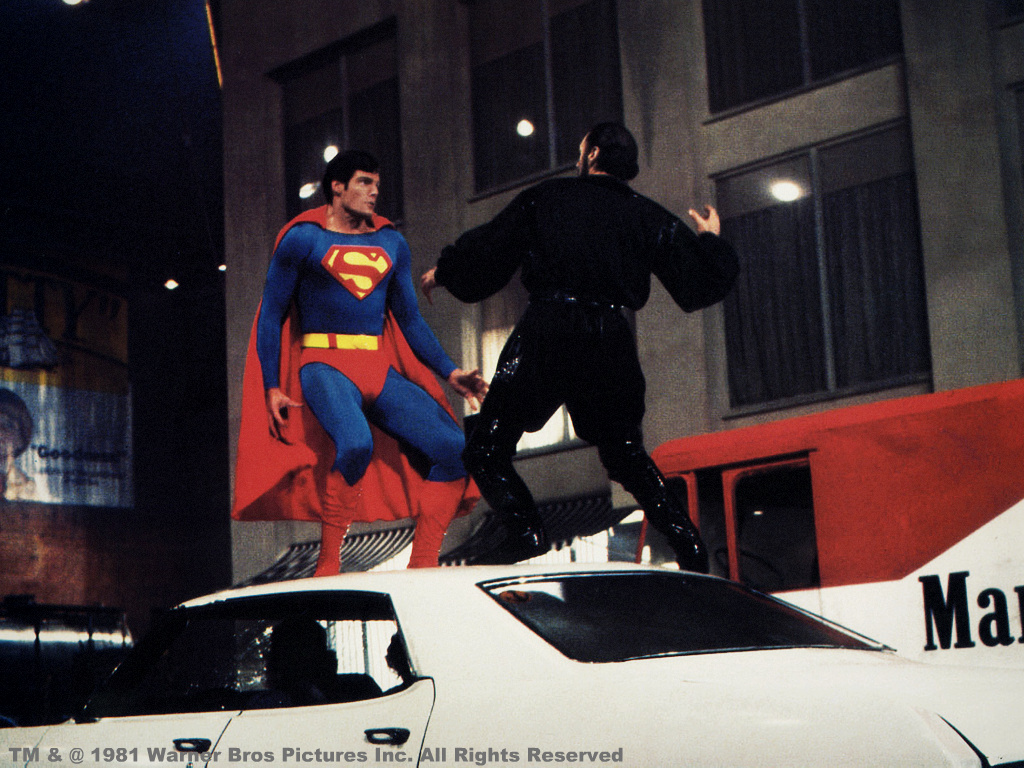From UKUFOChannel YouTube channel, based on Joseph Farrell interview on Red Ice Radio.
The dwarf star Saturn was once a life-giving second star within our solar system, with satellites of its own; almost like a solar system within a solar system. Apparently with its heat, much more of the solar system would have been able to sustain life. Whomever these people were, if not human, it's likely that they at least contributed to our DNA. In the end, they destroyed themselves.
The Cosmic War: Interplanetary Warfare, Modern Physics, and Ancient Texts (Farrell; 2007)
Star Wars' "Death Star," Saturn's moon Mimas, and a 2 to 3 billion year old Klerksdorp sphere
**************************************************
"Sun vs. Saturn" revisited
The ancient texts (Sumerian, Vedic, etc.) apparently convey that this "war of the worlds" scenario---whether you believe it literal or mythological---pitted the "Sun-Earth-Moon" people vs. the "Saturn-Krypton" people in a type of nuclear war.. or a war of tremendous energy weapons. This would go hand-and-glove with the "Cult of Saturn" concept... regardless of whether or not these people are just playing some type of ridiculous grand occultic game. If this were all true, then both sides---including both stars---would be part of "OUR collective history."
**************************************************
 |
| Superman vs. Bad Guy (allegorical "Jesus vs. Satanist") |
Christian Superman allegory
One eery example of a modern allegory is the 1978 movie 'Superman'. The missing or destroyed planet was originally referred to as "Krypton," which would fit the movie perfectly within the context of the "Cosmic War" scenario. Also, it's evident that "Superman" was intended to be of Jewish origin, and something of a Jesus figure by his Jewish-American creators.
The movie begins with Krypton being destroyed, as in a war; although the details of the war are not laid out. We're just left to assume that this was in some other galaxy perhaps. However, it very likely was intended to be the Krypton of legend. Whether reality or fantasy, Kal-El (Superman) was sent by his father Jor-El to Earth. The god "El" was a Saturnian god; and the lost planet of Krypton would have been on the Saturnian side of the war of legend.
Basically, Superman comes to Earth and "saves" people and performs "miracles." Clearly a Jesus-allegory. In the sequel 'Superman II', Superman in a sense "dies" (loses his powers and disappears) for a good while. Apparently, although symbolically "Saturnian," Kal-El is a "good Saturnian." Therefore, he symbolically has switched loyalty to a "Sun" figure like Jesus ("the light of the world"; the "Son" with the letter "S" on his clothing). A type of peace-maker of the solar system.
 Next, three black-suited "Saturnian bad guys" escape from their square-shaped type of prison from the distant past and show up and take over the Earth by force. The color black and the square (black cube) are clear symbols of Saturn. In other words, the "Cult of Saturn" personified! Superman (aka "Jesus") doesn't seem to be around, and people wonder where he is.. or maybe if he is a fraud after all. Nobody can even begin to challenge the Saturnians (aka "Satanists").
Next, three black-suited "Saturnian bad guys" escape from their square-shaped type of prison from the distant past and show up and take over the Earth by force. The color black and the square (black cube) are clear symbols of Saturn. In other words, the "Cult of Saturn" personified! Superman (aka "Jesus") doesn't seem to be around, and people wonder where he is.. or maybe if he is a fraud after all. Nobody can even begin to challenge the Saturnians (aka "Satanists").Lastly of course, Superman (aka Jesus) finally shows up and eventually defeats the cosmic criminals (aka Cult of Saturn). A cryptic Christian or Judeo-Christian spin on the 'Book of Revelation'; and a very obvious allegorical connection to the old Sumerian/Vedic legend. I mean it almost couldn't be more obvious; regardless of whether or not this is based on mythology or history. Even the name of the leader of the cosmic criminals is "Zod," or "God" in reverse; as like a "false god."
.

